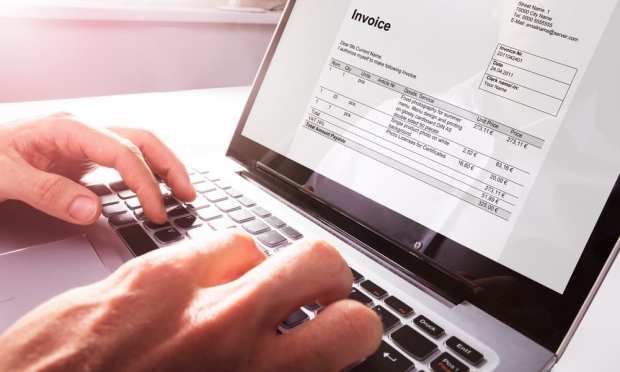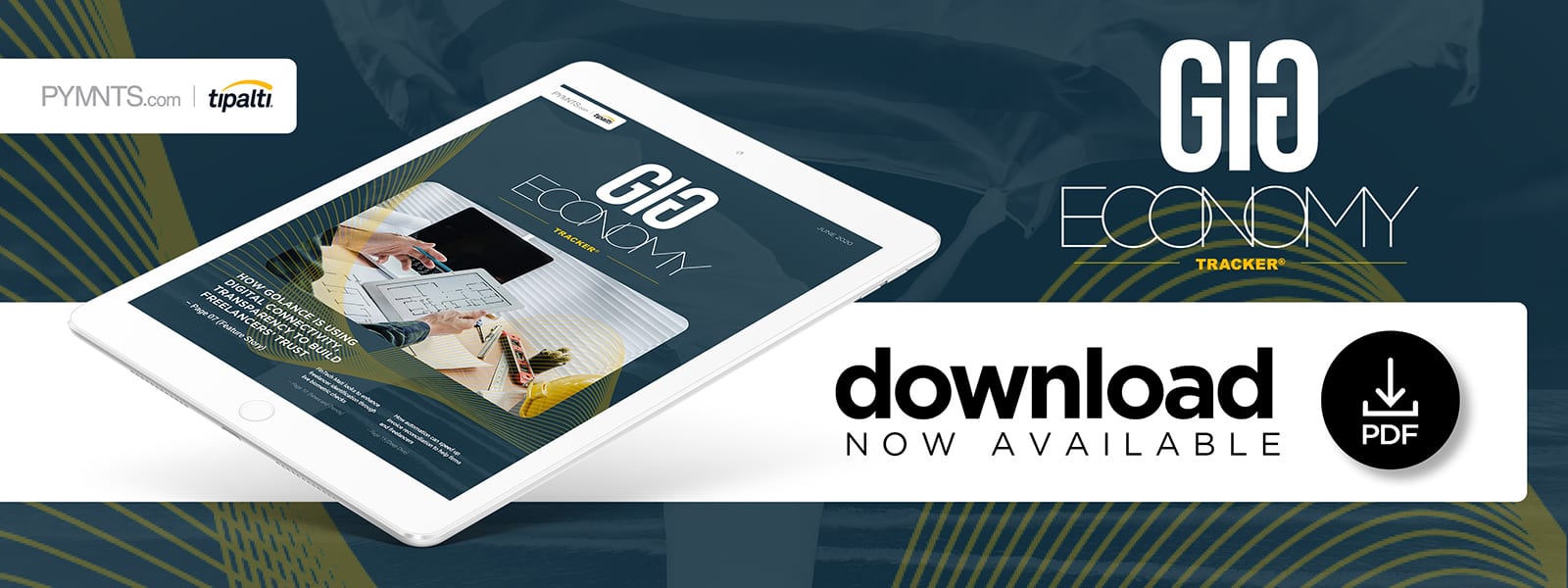Deep Dive: Why Costly, Slow Invoice Reconciliation Is Hurting Firms’ And Freelancers’ Finances

Freelancers have seen particularly harsh economic effects from the ongoing pandemic.
Forty percent of those in the U.S. have lost at least $10,000 in income since its onset, leaving many operating on fast-declining savings. The nation’s government has attempted to provide financial relief by opening unemployment benefits to gig workers with its CARES Act, but 85 percent of those who applied had not seen their money at the start of May.
Waiting for funds is a familiar activity for freelancers, with 71 percent in a pre-pandemic PYMNTS survey noting they had worked for companies that paid them late or not at all. Traditional invoice processing and finalization can delay payments, as they involve manually entering data and reconciling information before payments can be approved and made. This time-consuming practice is also costly, ranging from $2.18 to $12.50 per invoice, and it is frustrating for freelancers who need to pay their bills.
One 2019 study found that 63 percent of companies considered reducing their invoice processing costs a priority, however, indicating they may also be growing frustrated with such costs. Finding ways to quickly finalize invoices has even more importance during the pandemic, with many freelancers finding themselves facing financial strain from dwindling job opportunities as well as a lack of timely support from government programs such as Pandemic Unemployment Assistance (PUA) in the U.S.
Firms can maintain freelancer relationships and develop new ones by finding quicker ways to pay them. This may mean integrating solutions that can easily navigate rising volumes of data. Companies take an average of 16.6 days to pay invoices, according to 2019 research, and just 4 percent of them report paying their invoices on time. Using newer technologies, such as automated software, could speed this process, but implementation barriers remain.
The following Deep Dive examines the challenges of slow invoice reconciliation, how they affect companies and their gig workers and why technologies like automation could help address these frictions — both during and after the pandemic.
Confronting Reconciliation Challenges
Invoicing reconciliation confirms that the amounts companies pay match the amounts they agreed to spend. The process thus plays a key role in making sure payments can be sent to waiting workers — such transfers will be halted if those numbers do not match.
Balancing these figures is often complicated because firms lack invoice processes that are consolidated under one platform and often fail to use AP automation technologies, for example. A recent report noted that 58 percent of companies in North America do not have such solutions in place, which means they must manually enter invoice data and ultimately add time and friction to finalization. Invoices often need approval from multiple members of firms’ accounts payable (AP) teams, too, marking another point of friction when data is not easily accessible.
Formatting issues provide further difficulty as approximately half of all invoices are sent in as paper documents — 37 percent as emailed PDFs and 5 percent via fax. Multiple formats mean companies must recategorize invoices before they can reconcile them, converting paper documents into digital files or retyping information sent via PDFs into their internal systems. Twenty-four percent of AP teams surveyed in 2019 noted they did not have transparent access to invoice and payment data like operating and liability costs, which help them determine costs and project budgets, because their companies were operating without dedicated invoicing systems.
Fully manual invoicing can include as many as 15 steps, from receiving invoices to approving payments, which adds more time to reconciliation. It also raises costs as employees must spend hours hunting for necessary information across multiple documents in their internal databases. One 2019 report saw 40 percent of AP teams cite “too much paper” as their top pressure, for example, while 51 percent noted that invoice and payment approvals take too long.
Manual systems represented a frustration before the pandemic pushed many companies to turn to remote working models, complicating the receipt and sharing of paper documents between team members. Lagging payments could lead to real financial problems for freelancers who depend on this income to pay their bills. Automated tools that quickly sort through data could help companies add speed to their invoicing processes. Many are facing challenges when implementing such tools, however.
Automated Tools’ Benefits
Automated technologies’ main benefit is their speed, but they can also help reduce costs. Automated invoice processing solutions cost approximately six times less than manual systems, largely because information that would take employees hours to input can be filed automatically. Relevant invoice figures can then be examined and matched, making it easy to see which payments are ready to send and which need further review.
Companies have considered these tools as potential solutions to firms’ invoicing struggles for years, but developing them at scale can be cost prohibitive. Thirty-three percent of AP teams stated in 2019 that their companies lacked the budgets to invest in automated technologies, for example. Cost concerns are slowly being offset by the rising need to quickly finalize payments, however — both during the pandemic and under normal operating conditions. Freelancers are finding the 16-day waiting period more frustrating during this time.
Companies are also becoming frustrated with the high costs involved in lengthy reconciliation processes. Forty-four percent in one recent survey said they were looking to add automated tools to their AP processes for both potential cost reductions and faster speeds, which will have multiple perks. Automating even part of the invoicing process can save companies funds while also creating lasting relationships with freelancers.
The cost benefits of employing these solutions are dramatic, as using digital payment processing solutions could help firms cut related costs by 81 percent. Third-party partners can help firms manage the cost of implementing these tools by enabling them to streamline reconciliation and save on the expense of building and testing out their own automated platforms. Such partnerships will also make it easier for companies to begin more quickly approving invoices and sending out payments.
Firms are finding that their current remote working conditions present good times to reexamine invoice reconciliation processes and how automated tools could help them shore up potential weak points. Automated tools’ impacts could be especially helpful during the COVID-19 pandemic as companies need to strengthen communication between members of their AP teams as well as manage outstanding payments to freelancers. Firms that do not make the necessary shifts to their invoicing processes may find themselves losing potential and existing relationships to those that are integrating these technologies.

